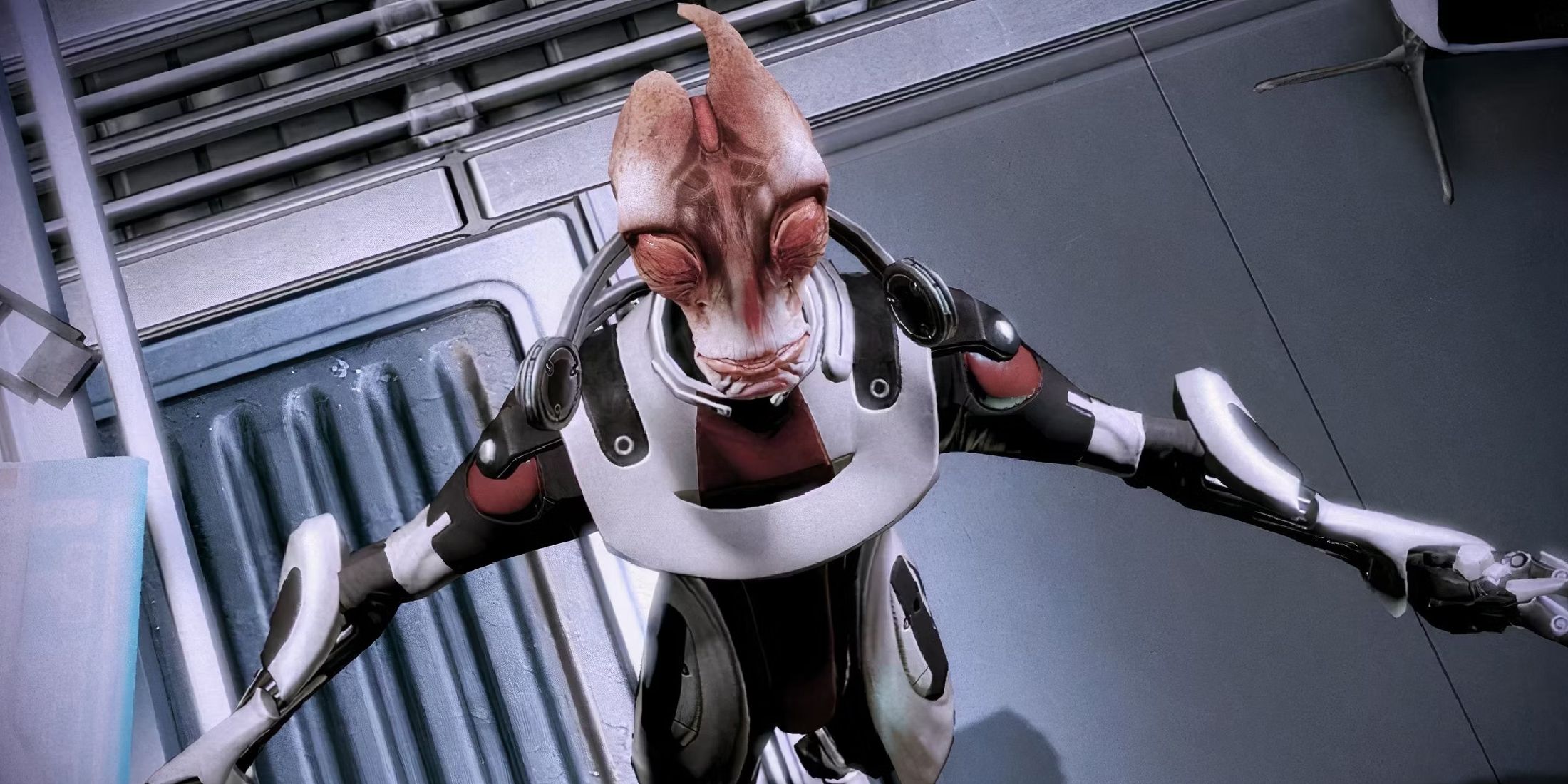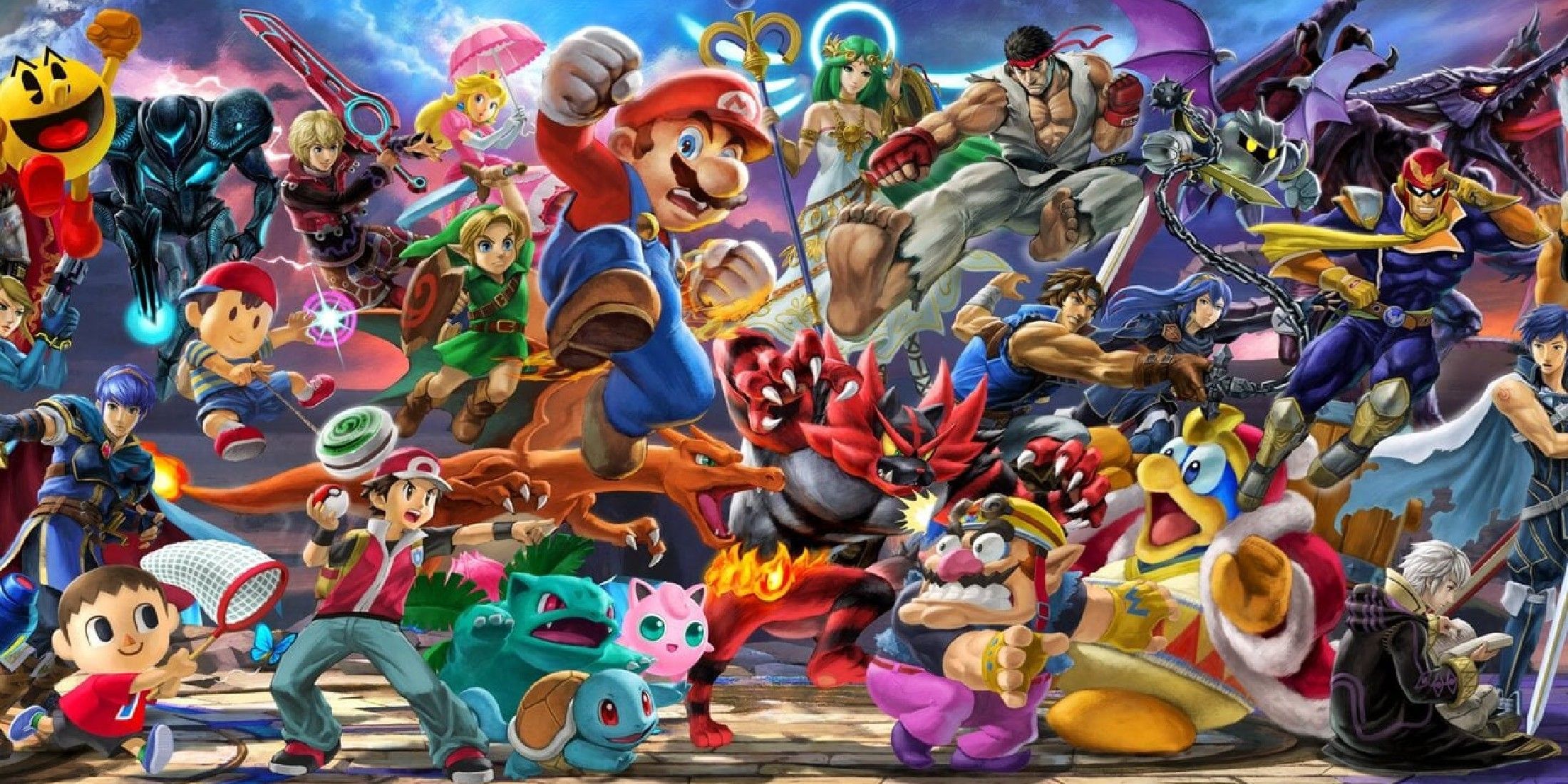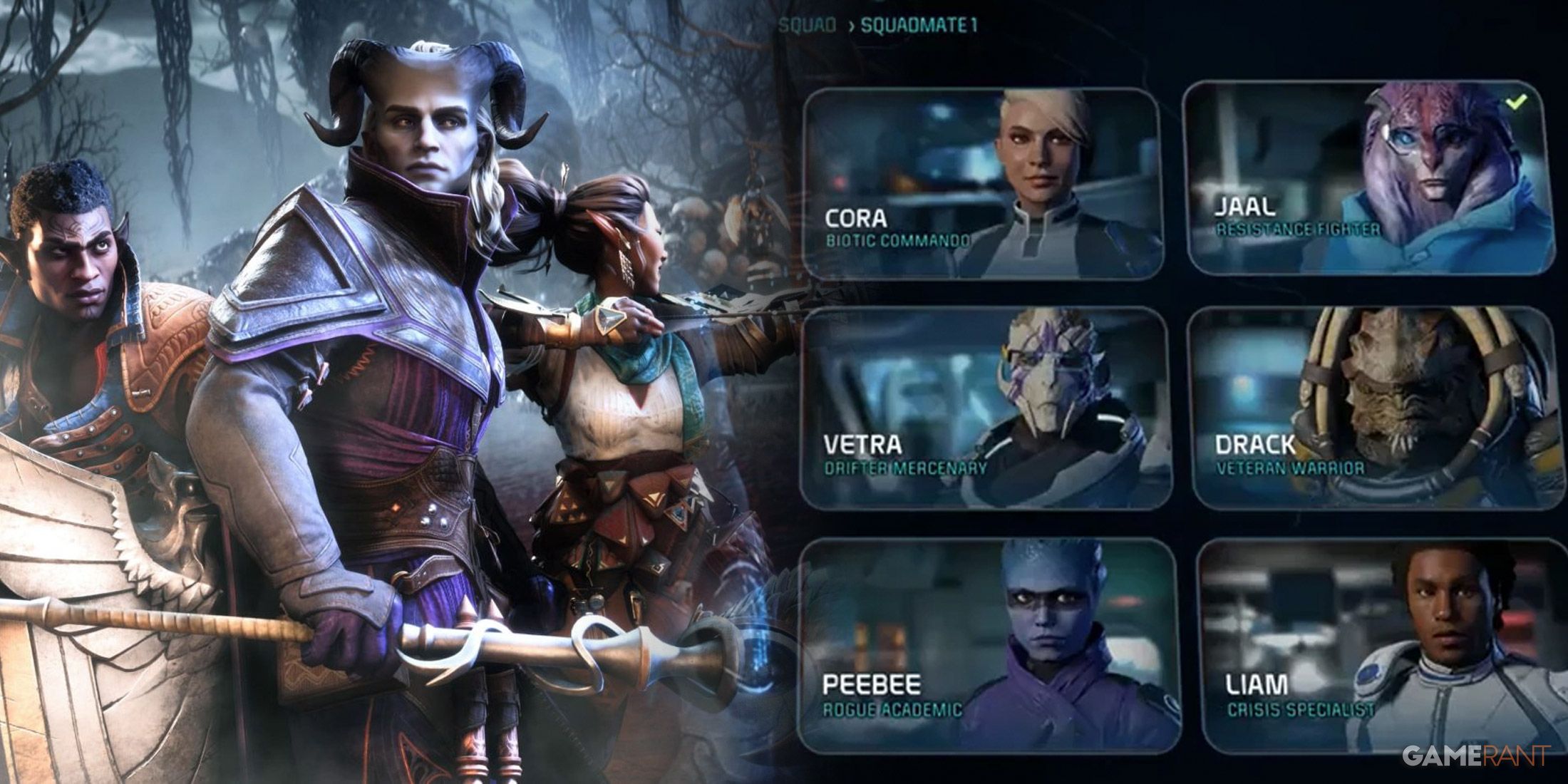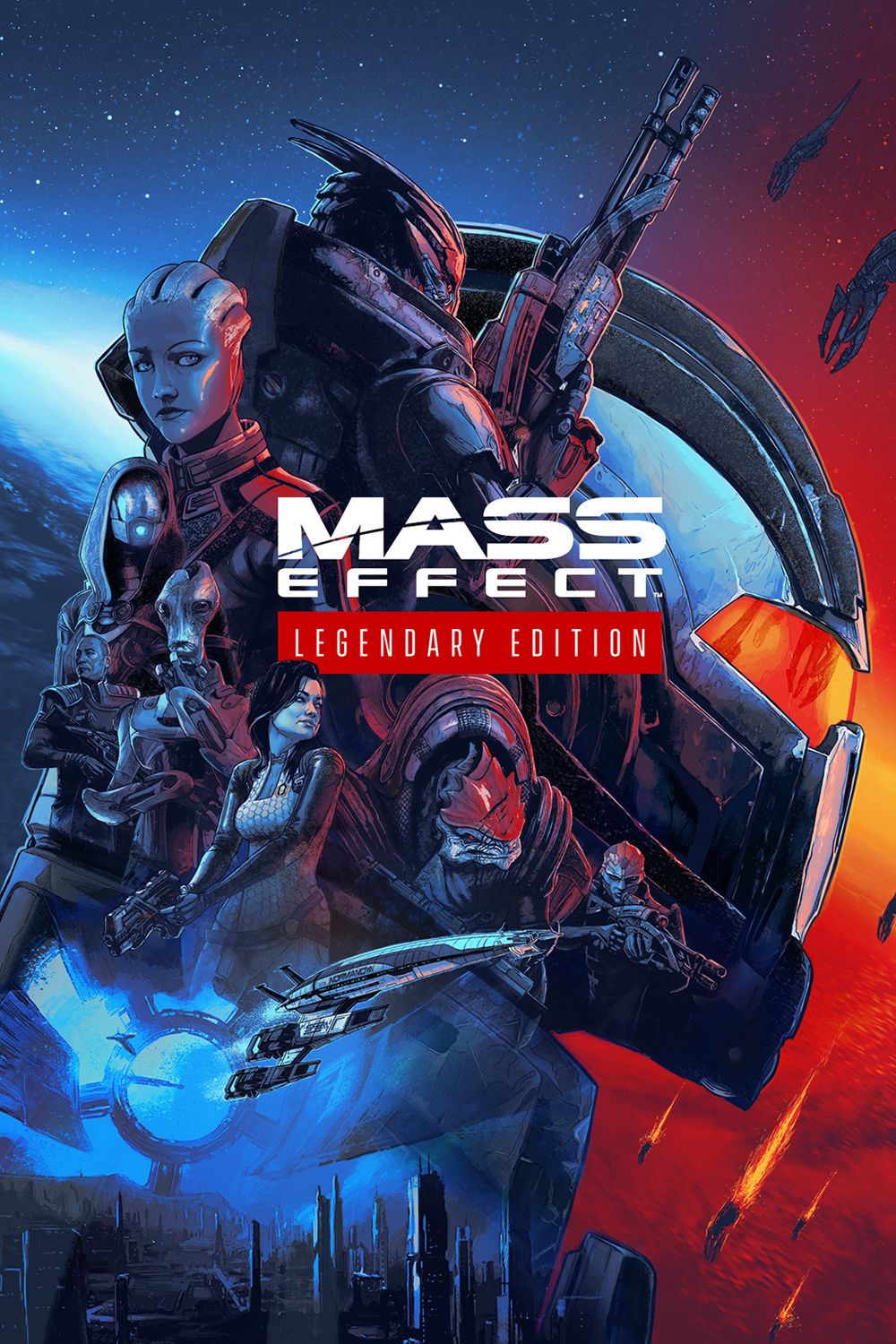Highlights
- Mass Effect 4 must differentiate from Dragon Age's party style to maintain unique gameplay experience and lore depth.
- The Veilguard's focus on human characters may limit the diversity expected in a fantasy setting, sparking player concerns.
- Mass Effect 4 can learn from past successes by expanding companions to include more diverse races, enhancing the galactic community.
With Mass Effect 4 confirmed to be in production for some time, it's safe to say that the development process and reception around Dragon Age: The Veilguard is highly likely to have an impact on the studio's next major sci-fi outing. In a genre known for how the distribution of party members can set the tone for an entire experience, it might be best for Mass Effect 4 to take a completely different route when compared to The Veilguard's seemingly streamlined cast.
There are unlikely to be more concrete details arising about the next Mass Effect for a while given the entire hype and release cycle for The Veilguard which is brewing, with it even being possible that the studio is biding its time on ME. As the shift towards action and away from tactics has continued with each Dragon Age title, the next game is set to mirror Mass Effect more than ever by limiting the player to being accompanied by two party members who cannot be directly controlled. While this reflects an emphasis on intimacy when paired with the smaller number of characters, overall, it might be wise for Mass Effect 4 to diverge from this trend in one key way for the sake of its lore.

Mass Effect 4 Can't Let Romance Be the End All Be All of Relationships
Mass Effect 4 has the chance to make its companions who aren't available to romance some of the most memorable and beloved in the series.
Dragon Age: The Veilguard's Companion Line-Up Appears to Lean into Depth Over Diversity
Humans Make Up Nearly Half of The Veilguard's Party So Far
With its characters being the main focus of the game's reveal trailer, The Veilguard's seven companions and what groups they represent from throughout Thedas were some of the first details available upon announcement. Their racial distribution is the following:
- Davrin – Elf Warrior
- Taash – Qunari Warrior
- Lace Harding – Dwarf Rogue
- Lucanis Dellamorte – Human Rogue
- Bellara – Elf Mage
- Emmrich Volkarin – Human Mage
- Neve Gallus – Human Mage
Varric doesn't even seem to be returning as a full companion despite his prominent role, so three of the seven revealed are humans. Origins featured five out of ten of its party as humans, while DA2 had six out of nine and Inquisition had four out of nine, so The Veilguard seems to be quite predictably following this pattern of ratio. When considering the expanded Tevinter setting of The Veilguard and the epic lore of Thedas that has been set up over the past few years, however, it's understandable that some players were instead expecting bolder representation of the world's fantasy races.
A Wider Scope for Mass Effect 4's Party Would Do Justice for Its Lore
The Potential to Fully Represent ME's Galactic Community in a New Generation
There are multiple races who have never been featured as companions despite their relevance in the galaxy, and the post-Reaper setting of Mass Effect 4 could be a great environment for leaning into those more novel species options. It could be argued that The Veilguard's tighter set of more familiar demographics allowed for more exploration of each character, but repeating the same dynamic in the studio's next big release might leave fans feeling burnt out. It's a lot harder to imagine players expressing more enthusiasm about yet another human soldier in the next Mass Effect when the likes of Batarians, Vorcha, Volus, and even Hanar are still on the table.
Taking Inspiration from Mass Effect 2's Highs and Learning from Its Lows
It's seen by many as the peak of the trilogy overall, and Mass Effect 2's massive party size has generally played a large role in that assessment. With 12 companions each featuring a unique loyalty-earning mission, their diversity shines through regardless of some being less developed. This number of characters inevitably led to some being lackluster, but attempting a similar, or even greater scale, moving forward would have the benefit of hindsight in that department and could help lay the foundation for a new era of Mass Effect.




